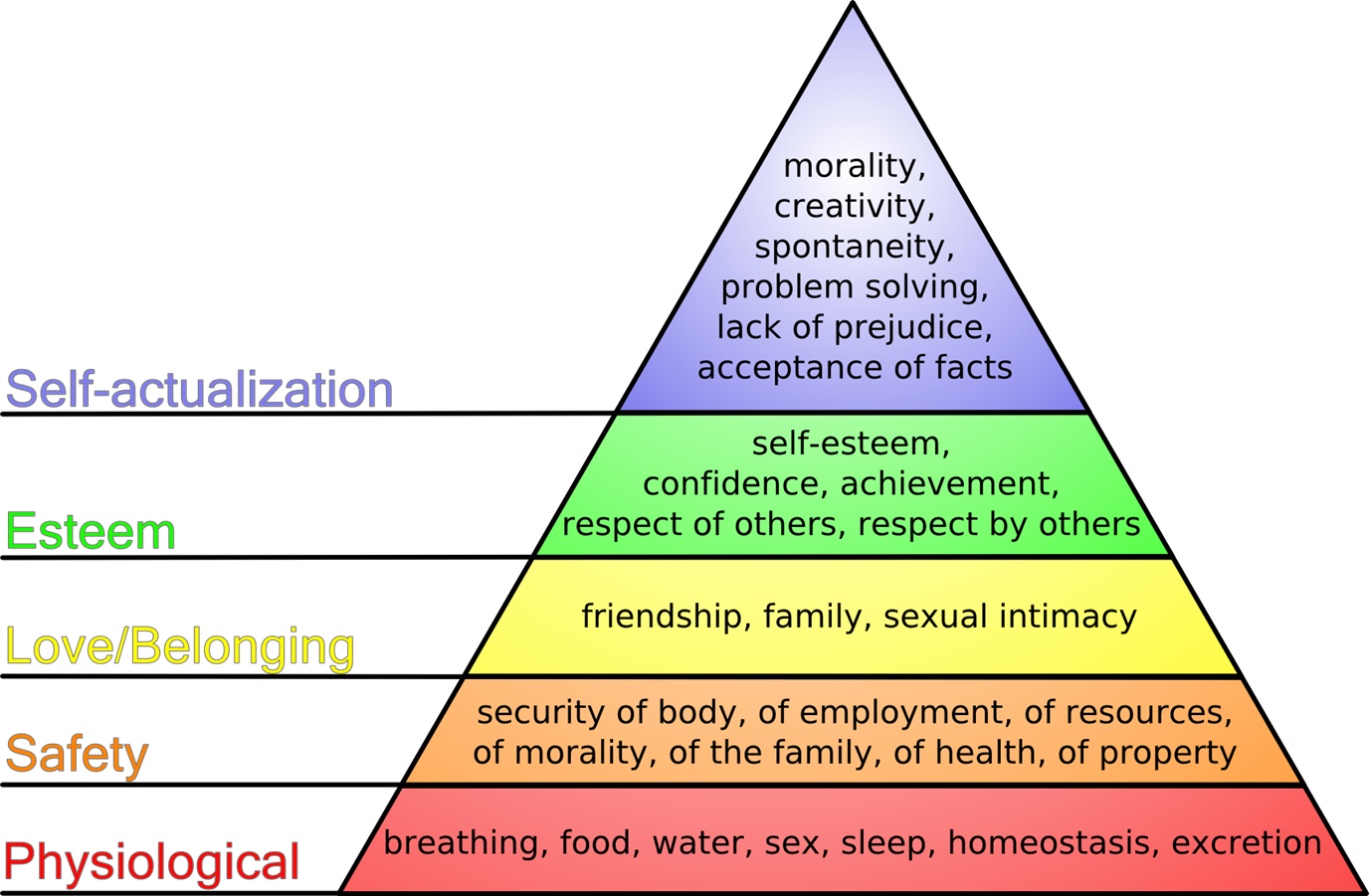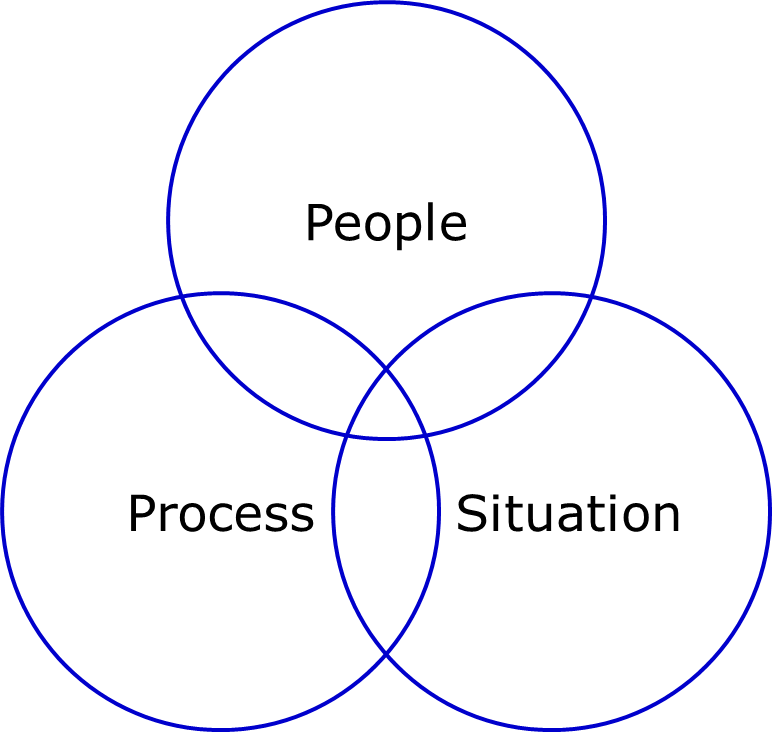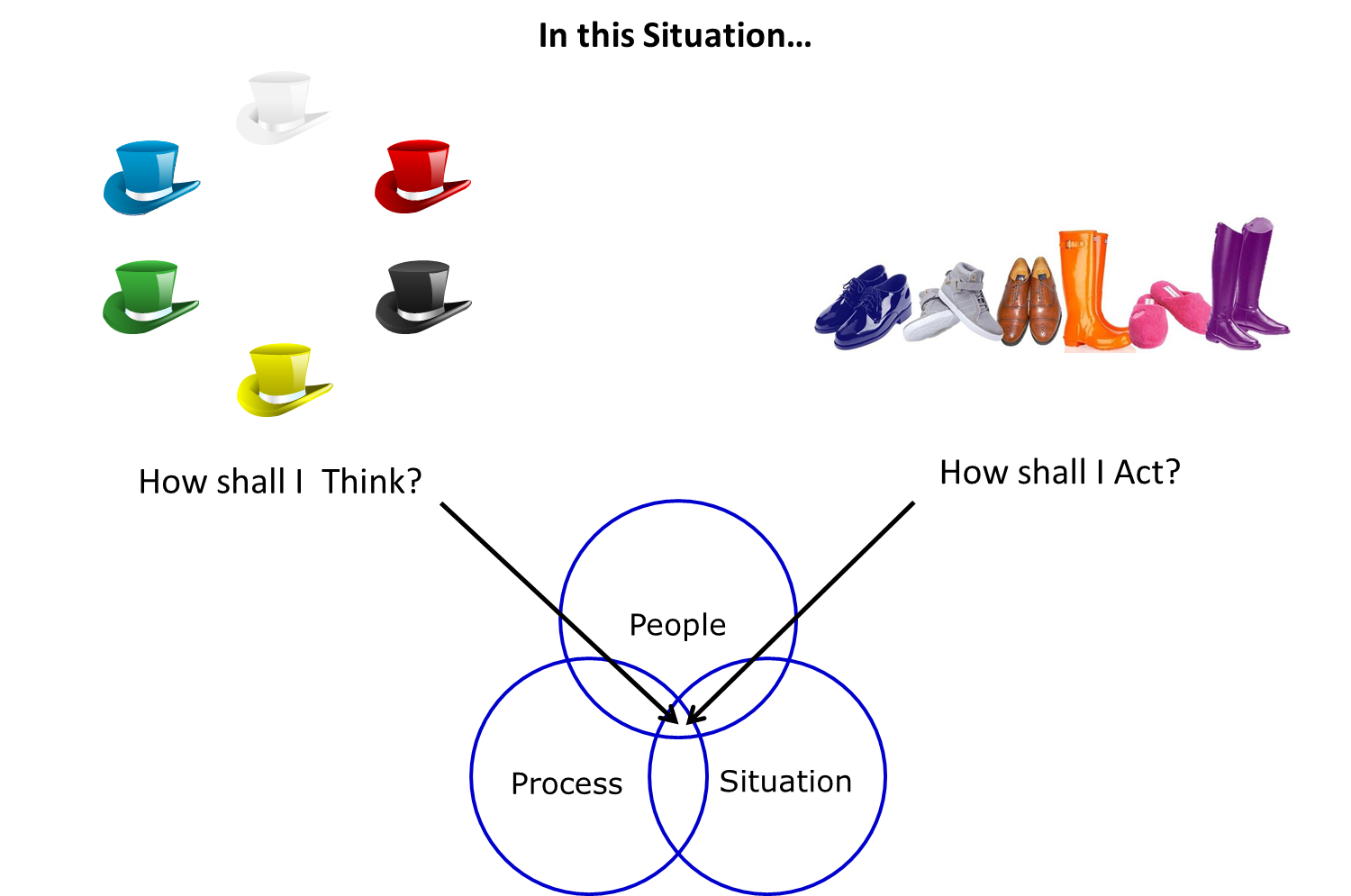|
|
by Rick Baker
On Jun 6, 2013
In times gone by, I used to talk about 3 Sacred Things in Business. And, out of the 3 things, #2 was: "Customers Pay Me".
Customers Pay Me
A deal is a deal. That’s the starting point. We are only as good as our word.
There’s nothing wrong with a hard-negotiated deal, as long as you don’t make it the ‘norm’. When that becomes the 'norm' - well, that’s no fun and that's not fair.
Regardless, once a deal is done – a deal is a deal.
The most insulting thing my customer can do to me is not pay me. When the customer fails to pay me, the customer is telling me what they think my work is worth - nothing. That not only violates a deal is a deal it also is just plain wrong. My work is worth much more than nothing. And, I will not sit back and allow anyone to argue, through actions, the contrary. It is offensive. Of course, having thick skin I will not take real offense…however, I will take immediate action to make sure it does not happen or, if that fails, it only happens once. Or, better still, and this has been the reality more than 99% of the time – I will take action to make sure the attempt to avoid paying me fails.
To clarify my thoughts...and recognizing they are laced with my biases and my experience-filters:
- I do not think the above words are the screams of a sensitive big ego. This is not a what's-mine-is-mine issue. It is about personal Values and Integrity. It's about doing the right thing. And, it's about doing my part to promote better business practices.
- I will not jump to conclusions or act haphazardly, ignoring questions like, "Why would a normal, reasonable person fail to pay me?" [I used to do that in my younger years and I have learned that's not fair to anyone, including myself.]
As a Business Leader...
Do you instruct your people how to deal with payments?
Does your organization treat suppliers with the same level of consideration expected from clients?
PS: When Sales reps allow customers to renege on deals or fail to pay, I see weakness where there should be strength, conviction, and a high level of self-worth. If weakness exists then I try to illustrate a better way.
PPS: Similarly, I think 'stretching accounts payable' is a dysfunctional and entirely inappropriate way of dealing with suppliers.
by Rick Baker
On Jun 4, 2013
Dealing with Other People: Making Business Decisions
People are social creatures:
- we live with one another,
- we live near one another in community, and
- we 'work with' one another.
The actions we take at work affect and influence one another. The thoughts we share about work affect one another.
People approach work with differing attitude. Some of us are more serious about work than others. Put another way, for some people work plays an important role in their lives while for others it does not.
Work-life involves a continuous string of dealings with other people.
Boiling it down...we can choose to view other people:
- as very distinct and different (every Man is a stand-alone island),
- as very similar to us,
- as 'things' that can help us achieve our goals, and
- as individuals who are doing their best to deal with their challenges and to achieve their goals.
We may view certain people one or more of these ways while viewing other people in entirely different ways.
In business, we must 'work with people' to achieve what we hope are common work-goals. When we work with people, Decisions can be made 3 ways: Command-Consultative-Consensus. [I favour a 10-3-1 approach.] Command decisions are made by one person, the person with authority. Consultative decisions are made by the person with authority after gathering ideas from others (without being obligated to use any or all of those ideas). Consensus decisions are 'democratic' decisions made by groups of people, who commit to follow the group decision after it is made.
Overlapping these 3 decision choices, business people can treat one another 3 ways:
- as 'tools/things' requiring instructions (essentially, components of process),
- as people requiring help (so they can do better in the immediate term and/or in the future), and
- as objects of criticism (that is, telling or showing them where they are thinking inaccurately or acting badly).
As a business leader...
How do you think about your people?
How do you make decisions?
How do you communicate about the way decisions should be made at your organization?
How do you know your people understand your decision-making process?
by Rick Baker
On May 31, 2013
Despite everything you have done to meet legislation and best practices, your people do not feel as safe at work.
Abraham Maslow and others have created pictures like this...

...to explain human needs. Physiological needs come first and Safety needs are next. Safety is the #2 most-basic human needs.
And your people do not feel safe at work.
This has nothing to do with workplace hazards and accidents.
Your people do not feel safe because:
- Future Shock - The pace of change is accelerating - we are experiencing the 'Future Shock' Alvin Toffler wrote about 40 years ago: people know relationships in business are much more fragile than they used to be; people are more uncertain about the stability of their place at work; people are inundated with information, Attention Dilemma, etc.
- Economic Recession - The 2008 economic downturn shook people's confidence and the fact economic doldrums linger on prove people are still shaken. Shaken means uncomfortable, uncomfortable means insecure & unsafe.
For these 2 reasons, your people do not feel safe at work.
If you take a step back from the heat of day-to-day work, you can observe the behaviour that confirms this fact. You can observe increased 'fight' and you can observe increased 'flight'.
Some examples of increased fight:
Some examples of increased flight:
- people failing to return phone calls
- people failing to pay bills...and stretching accounts payable
- people failing to take risks [including spending money]
- increased use of consensus decisions
To be comfortable...business people must feel more safe than they do now.
As a business leader...
What are you doing to make your people feel safer?
by Rick Baker
On May 23, 2013
An excerpt from the unpublished 'The Dark Side of Sales', (2006)
The Lesson Called – I have Big Beef About People Who Spew Out the Word INTEGRITY
You: A person, curious about Business Integrity
The Mob: The hundreds of companies that cite Integrity as a Corporate Value or Corporate Commitment in their websites, or annual reports, or posted Corporate Statements, or in their promotional literature
The Situation: We were doing a business S.W.O.T. session. [Strengths, Weaknesses, Opportunities, Threats]. We got around to discussing the concept of Integrity. Our people, unanimously, proposed we continue to use Integrity as one of our posted Corporate Values. I had reservations. In particular, I felt the word meant different things to different people – i.e., the word 'Integrity' is wide open to subjective interpretation, whereas, I was working very hard to build a unified, understood corporate culture.
Preamble: The following excerpt from instructions I gave to one of our people, will provide to you an idea of how in 2005 we approached about 50 Ontario businesses that, in their annual report or their website or both, touted Integrity as a Corporate Value or a Corporate Commitment:
- We need to define 'Integrity' in terms that reflect Clients' definitions [we are going to make contact with some Businesses].
- We need to think of 'Integrity', not from 'our perspective' but from 'their perspectives'.
- For now, think of 'Integrity' in broadest of terms: find the definition of 'Integrity', which feeds the description of their corporate culture.
- We need to understand the Businesses' knowledge of 'Integrity' [and the essence of their corporate culture] and whether or not they practice what they preach…or, is it just lip service about 'Integrity'?
- Is 'Integrity' just a cliché? Or...is 'Integrity' genuine and well understood throughout the organization?
- in summary - do the Businesses even have a real corporate culture?
*****
Postamble: OK, that’s how we approached the exercise. What happened? What did we learn?
We learned, in 2005, Corporate Integrity was pretty close to an oxymoron. Certainly, it was ripe with irony and warranted the title of cliché. While all the companies had used the word Integrity in their website under the section titled Annual Report or Corporate Values or both:
- We could find no company that had created a written definition of integrity.
- We could find no CEO-type who had a verbal definition of integrity.
- We could find no company that had taken any steps to inform/educate its employees about integrity.
In fact, when we offered to have our CEO-type [me] visit their CEO-types, for a 15-20 minute action-packed sharing of thoughts about corporate integrity only 3 of 50 companies agreed to a meeting. While all 3 were tremendous people, with tremendous family-business stories, none of them had clear and communicated definitions of 'Integrity'.
***
Now, consider the Crash of 2008 in light of that 2005 exercise.
Do you suspect there's a cause and effect at play?
-and-
We Canadians - have we learned the Integrity lesson?
ANOTHER APPEAL ON BEHALF OF
by Rick Baker
On May 21, 2013
Now, more than ever, business success relies on a combination of knowing your area of best performance and studying what your clients do.
Most people feel they do not have enough time. This feeling is causing an evolution of business-people relationships.
Relationships between business people are being shocked into evolution by technologies, the three broad categories in this area being:
- new communication media...'social media',
- super-automated process equipment, &
- information-handling software and systems.
Relationships between business people are being shocked into evolution by global commoditization:
- increased local & international competition,
- increased levels of employee turnover, &
- reduced job security.
As this evolution of business relationships is happening a number of trends are adding to the confusion. Key examples include:
With all of this stuff tending to complicate things, to perform best – we must first simplify…then we must build.
For most businesses, value is created when simple tools are placed in the hands of solid work ethic.
And, as a first step we need to seek simple.
Now, more than ever, business success relies on a combination of knowing your area of best performance and studying what your clients do.
by Rick Baker
On May 10, 2013
Edward de Bono is one of my heroes. In my opinion, he is the world's greatest creative thinking educator.
I have written about Edward de Bono and his 'Six Thinking Hats'...'Six Thinking Hats' is an extremely helpful tool for sorting out your thinking and for communicating with others about thinking.
Here's a picture-summary:
Edward de Bono's 'Six Thinking Hats'

I have a de Bono section in my library. My goal is to collect and red all his books. That's a challenge because he has been prolific, writing well over 50 books. I have just completed reading de Bono's 'Six Action Shoes', (1991). 'Six Action Shoes' is an extremely helpful tool for sorting out your actions and for communicating with others about actions.
Here's a picture-summary:
Edward de Bono's 'Six Action Shoes'

These thinking and action tools provide excellent ways to Seek Simple....a Spirited Leaders' philosophy. When thinking can be summarized in 6 ways...that's seeking simple. When action can be summarized in 6 ways...that's seeking simple. And, that's why Edward de Bono is so amazing. He has been able to unleash his genius [and help others do the same] because he is the master in simplifying before choosing how to think, simplifying before choosing how to act, and knowing when and how to be creative. In other books, he illustrates exactly how to be creative. [Our recent thought post 'Taking Curiosity to Creativity' contains de Bono's signature contribution - lateral thinking.]
Now, Seek Simple is one of Spirited Leaders' core philosophies...another is:
Business Contains Only 3 Things: People, Process, & Situations
Much has been posted about People, Process, & Situations.
Now we will show how Edward de Bono's Six Thinking Hats and Six Action Shoes can be incorporated.
Business Contains Only 3 Things: People, Process, & Situations.
Here's the picture...

A snapshot in time during your business day - that's what we mean by Situations. That snapshot will contain people [at least 1, you] and it will contain process [at least 1, your thinking]. Process either involves People or machines/mechanisms/tools [designed by People]. For the time being, let's concentrate on the Processes performed by People. There are only 2 types of Processes performed by People: Thinking and Action. If we embrace de Bono's tools, the Processes performed by People have 12 components: 6 ways of thinking and 6 ways of taking action.
In any Situation, People can decide which of the 12 things they will perform.
Here's the picture...

Those are good questions to ask!
[That's Seeking Simple and finding it.]
[That makes for one very Good Habit.]
|
|